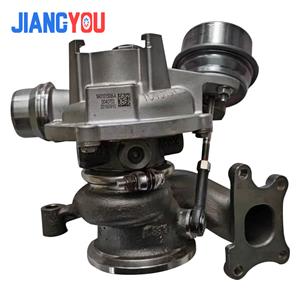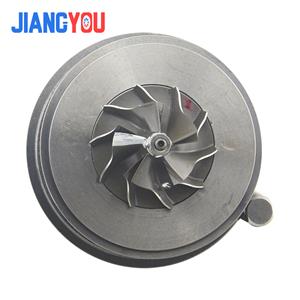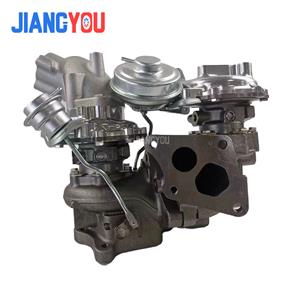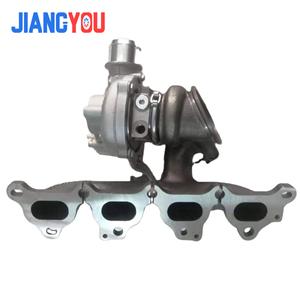- Home
- >
- News
- >
- Industry News
- >
- What does N54 stand for in a turbocharger?
What does N54 stand for in a turbocharger?
Core Identity: Engine
The N54 is a 3.0-liter inline six-cylinder turbocharged gasoline engine produced by BMW.
It was BMW's pioneering work in its return to turbocharging in the 21st century, first launched in 2006.
It earned a reputation as a "performance wonder engine" for its astonishing power potential and tuning capabilities,
but was also controversial due to some reliability issues.
Detailed Analysis
1. Technical Features and Innovations
The N54 is famous for its use of a series of technologies that were very advanced at the time:
* **Twin-turbocharging:** Instead of using a large turbocharger, it used two small turbochargers,
one for cylinders 1-3 and the other for cylinders 4-6. This greatly reduced turbo lag,
resulting in very linear and responsive power delivery, more like a large-displacement naturally aspirated engine.
* **High Precision Injection System:** BMW calls it **High Precision Injection**, one of the earliest gasoline
direct injection systems to use piezoelectric injectors, achieving extremely precise fuel control and contributing to improved efficiency and power.
* **All-Aluminum Structure:** The engine block and cylinder head are made of aluminum alloy,
achieving lightweight construction.
* **Valvetronic Electronic Valve System:** BMW's signature technology, which allows for stepless adjustment of valve lift,
further optimizing intake and exhaust efficiency.
2. Reputation: A Double-Edged Sword
* **"Performance Beast" and "Tuning Marvel":** The N54's stock power (typically between 300-335 horsepower) is already very strong,
but its **enormous tuning potential** is what makes it legendary. Due to its robust hardware foundation (such as a closed-channel cylinder block),
a simple **ECU remapping** can easily achieve an increase of over 70-100 horsepower, and with deep modifications,
it can even exceed 600-700 horsepower. This makes it a high-performance platform with excellent cost-effectiveness.
* **Common Reliability Issues**:
The complexity of the N54 also brings some well-known failure points, constituting its "devilish" side:
* **High-pressure fuel pump** failure
* **Injector** failure
* **Turbocharger** wastegate diaphragm is prone to damage
* **Throttle body** carbon buildup
* **Ignition coils** and **spark plugs** wear out relatively quickly
* **Fuel system** related issues
Despite these problems, its powerful performance still leads many enthusiasts to believe that its strengths outweigh its weaknesses.
3. Commonly Used Models
The N54 engine was equipped in many of BMW's main performance models from the mid-to-late 2000s to the early 2010s:
* **135i**
* **335i / 335is**
* **535i**
* **Z4 sDrive35i**
* **X5 xDrive35i / X6 xDrive35i**
Historical Significance and Successor
* **Significance**: The N54 successfully helped BMW transition from naturally aspirated to turbocharged engines,
proving to the world that turbocharged engines could not only be efficient but also deliver ultimate performance.
* **Successor**: The successor to the N54 was the **N55** engine. To improve reliability and efficiency,
the N55 used a **twin-scroll single-turbocharger**. While its response remained excellent,
its stock and tuning potential was considered by many to be less "extraordinary" than the N54.
---
Summary
When you see **N54**, you should immediately think of:
**It's a legendary 3.0L inline six-cylinder twin-turbocharged gasoline engine from BMW, hailed as a "performance marvel,"
renowned for its immense stock performance and limitless modification potential, but also requiring a certain level of maintenance costs
due to its complex technology.**
It's completely different from the heavy-duty diesel engines (like the CAT3406) or small turbochargers (like the TF035) we discussed earlier,
representing a technological pinnacle in the field of high-performance gasoline engines.






